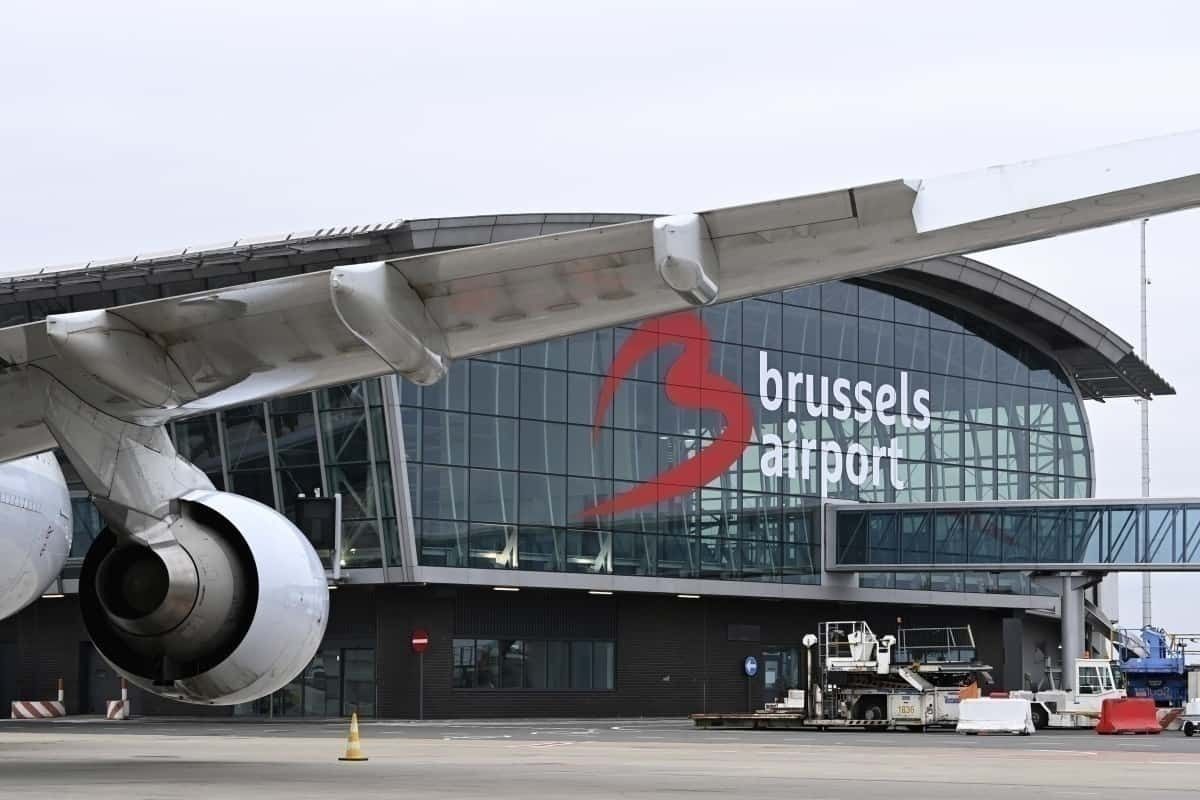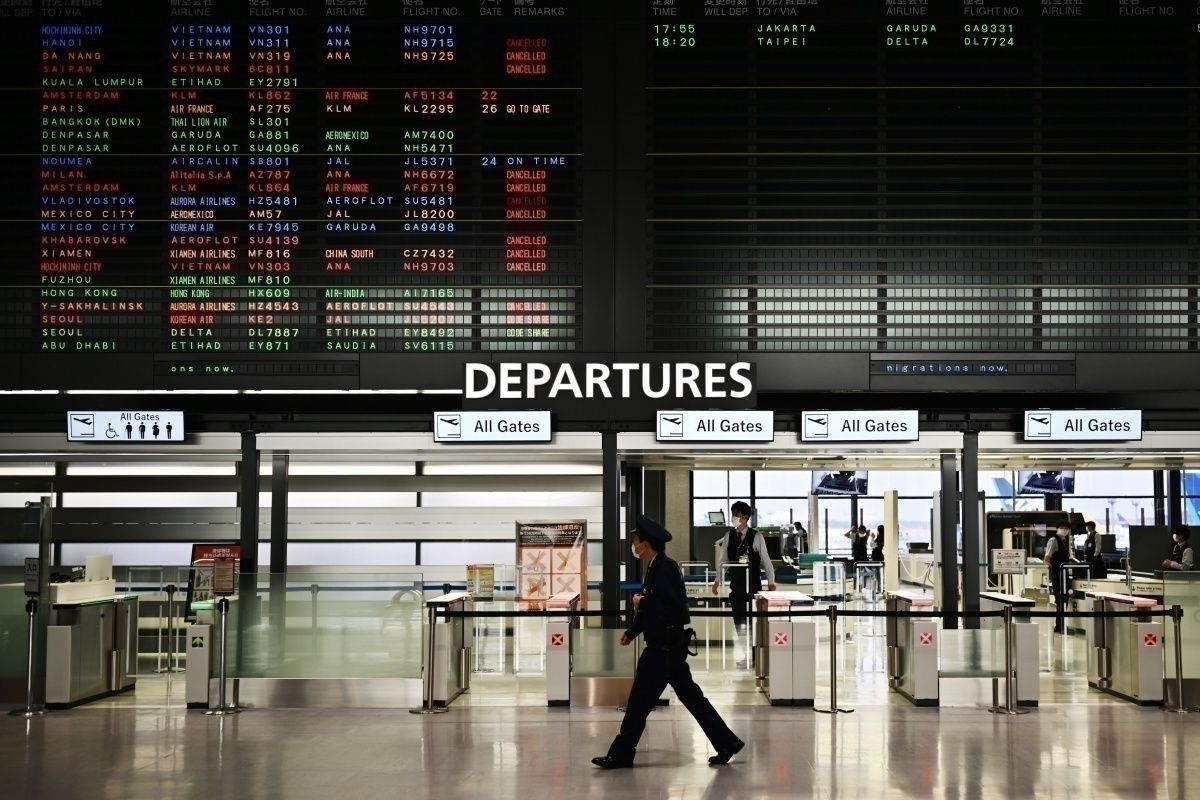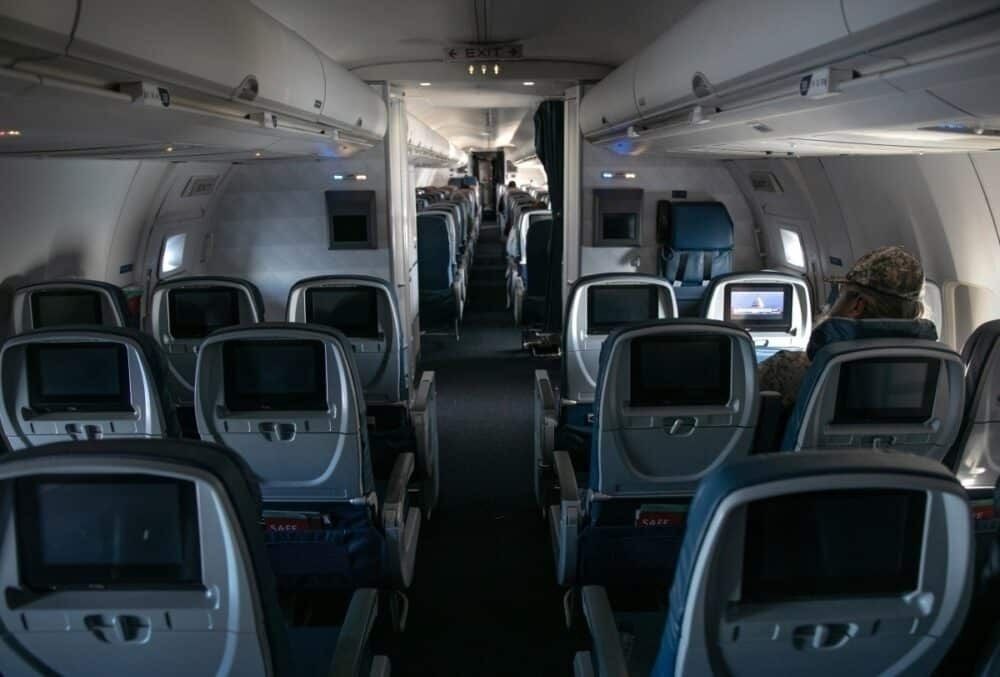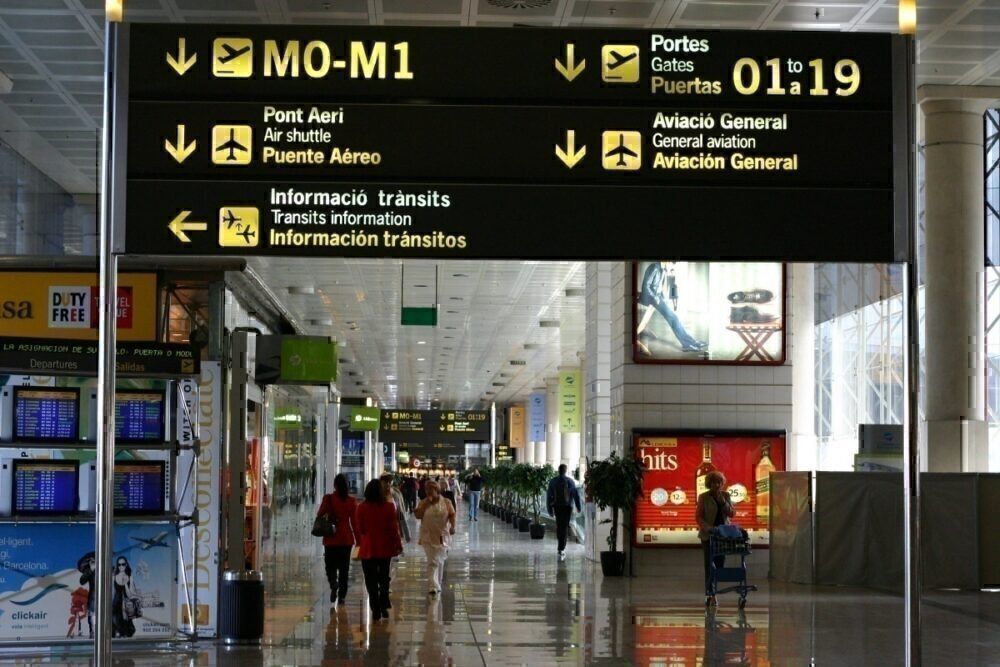The International Civil Aviation Organization (ICAO) has been monitoring the impact of COVID-19 since February. On 30th April, it issued a prediction for how the industry would be hit by the end of the year. Predictions by the ICAO indicate that international air travel demand could drop by 1.5bn passengers at the end of the year as a worst-case. The organization has also made forecasts for airport traffic, revenues, and seat capacity.
ICAO predictions could aid recovery plans
Earlier this week, the ICAO shared a forecast of its latest findings on how the coronavirus pandemic is expected to hit the industry. Among its figures were details describing a steep decline in passenger numbers by the end of the year.
The ICAO has been monitoring the COVID-19 situation since February 2020 when the virus became more widespread. It hopes that countries and airlines will use its latest findings to define how they recover after the coronavirus.
A comment in its latest press release said:
"The projections are significant to many countries now planning their COVID-19 recovery scenarios, given the importance of tourism, global supply chains, and many other air connectivity factors to local socio-economic prosperity."
International passenger numbers to rapidly decline
Perhaps the most shocking and impactful of the ICAOs predictions is the fall in passenger numbers. It says that by the end of the year, international air travel could see as much as 1.5bn fewer travelers.
Before the COVID-19 outbreak, 2020 was looking like a prosperous year. The industry had estimated it would cater to an additional 67 million passengers by the end of the year. However, things have since changed.
In the best-case scenario - one that sees a quick recovery of the international air travel - the ICAO estimates that passenger air traffic for the year-end will still be well below 2019 levels. 2020 could lose between 805m to 1.2bn passengers compared to last year's figures.
However, the ICAO forecasts that if the coronavirus continues for a prolonged period and the industry does not recover quickly enough, then passenger numbers could fall between 1.1bn and 1.5bn on those pre-outbreak expectations.
International seat capacity could decrease by 72%
The ICAO reported earlier this month that 96% of all the world's destinations had implemented some form of travel restriction. The organization now predicts that international seat capacity will fall by the end of the year, where it should have risen.
Initially, seat capacity worldwide was expected to increase by some 3.4%. Now, in a best-case scenario with quick recovery, that figure could fall by up to 56% by the end of the year. With a prolonged coronavirus impact and slow recovery, the ICAO predicts this number could be up to 72%.
The ICAO forecasts that Europe will be one of the worst areas hit. As we come into the summer peak season, Europe will lose many of the holidaymakers that routinely flock to the continent on annual summer vacations.
By the end of the year, Europe will lose between 40-74% of its seat capacity. European airports could also lose around 35% of their passengers and approximately 42% of their revenue.
The drop in travel demand will also hit the Asia/Pacific region hard.
Bleak revenue forecast for the months ahead
All of these losses add up to a substantial financial loss for the industry. In its report, the ICAO believes that international air travel could miss out on upwards of $150bn.
With a short recovery, international gross passenger operating revenues could fall between $153bn to $231bn. In the worst-case scenario with a slow recovery, this drop could be between $198bn and $273bn.
By contrast, gross passenger operating revenues were due to increase by $12bn in comparison to 2019 levels.
These latest figures shed light on just how problematic coronavirus has become for the industry. Most would have expected demand, seating capacity, and revenue to drop. But, did anyone expect it to be by this much?
Are these figures inline with your own predictions? Let us know your thoughts in the comments.




